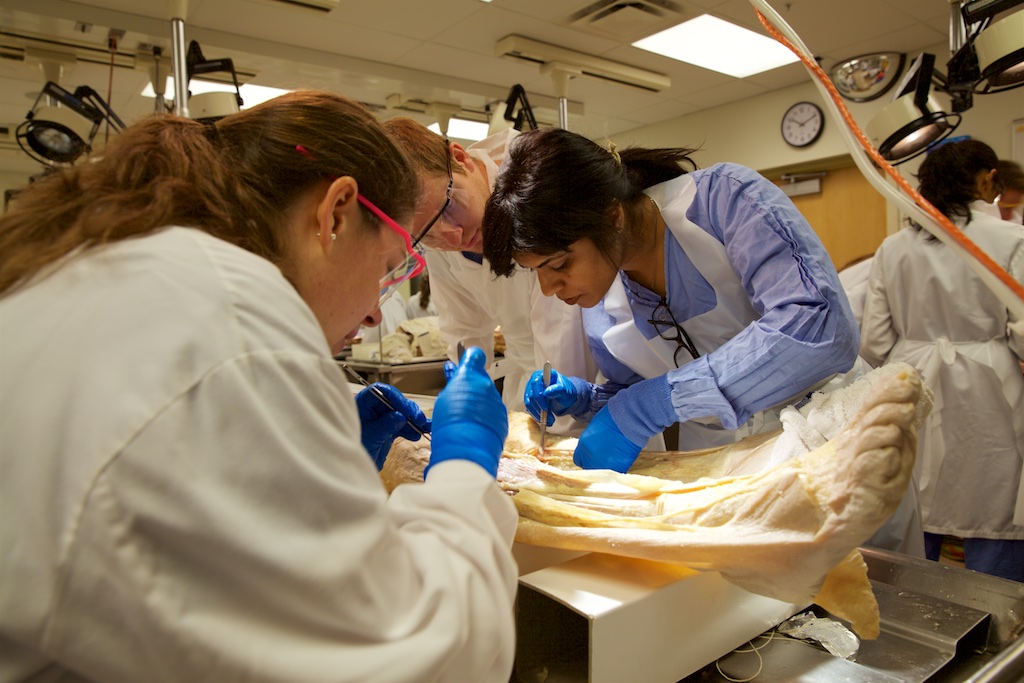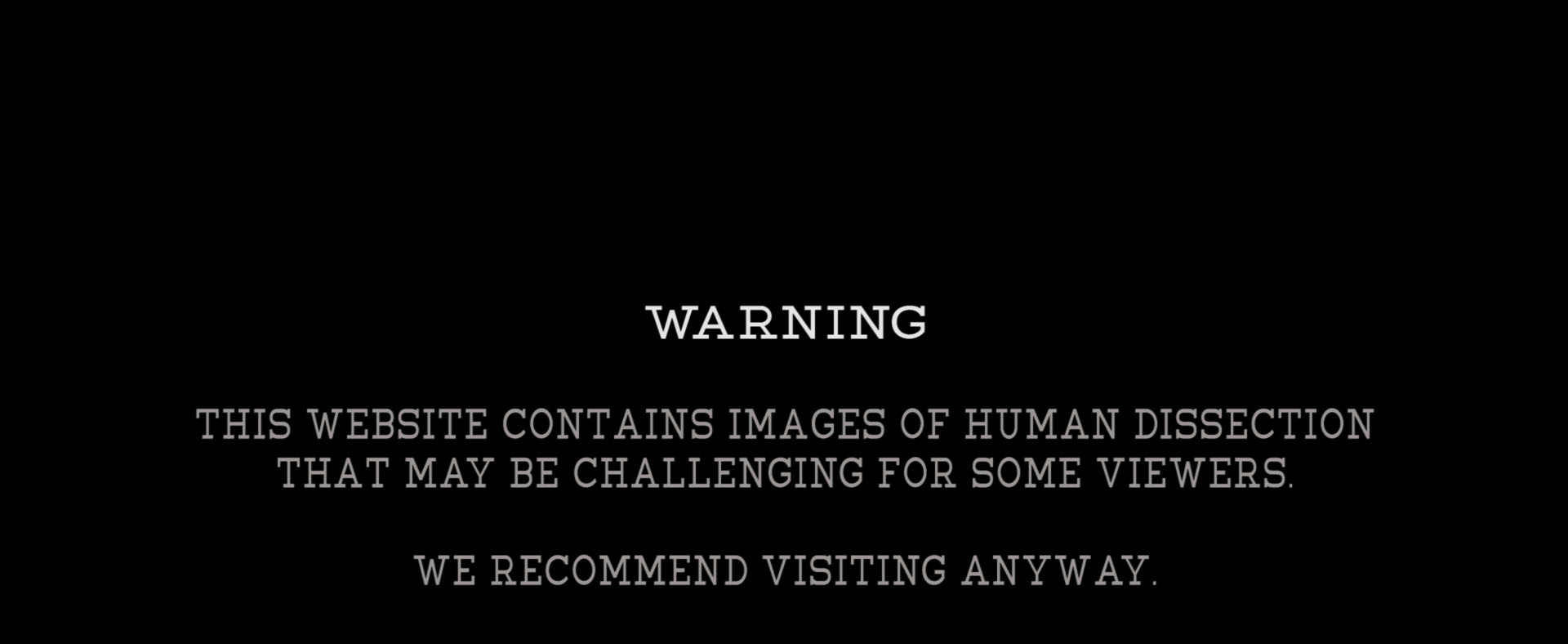
It was the summer of 1991 at the then “University of Durban Westville” in Durban, South Africa. The Department of Anatomy was not a highly publicized unit….nor was the anatomy program of the Medical Science Degree that each year selected just a handful of students to train as clinical anatomists. I did not quite know then at 19 what it would mean to become a clinical anatomist nor was I prepared for the incredible responsibility that would be left in my hands. But the human body, its synchronicity, its vulnerability and intrinsic ability to heal and the beauty I saw in its perfection and imperfection intrigued me…….
Tall Tales from the Cadaver Lab
My class consisted of four students, each of us as much in the dark as the other. We entered the building which was typically away from the rest of the university campus with its characteristic smell…no one was there to greet us and our orientation consisted of a handful of upperclassmen sharing horror stories and tall tales from the cadaver lab. We learnt fast to depend upon the well-known chalkboard in the foyer that listed the week’s readings from Lord Zukerman’s anatomy text (a South African native born in British Cape Colony and later defined by his contributions to the subject of Anatomy in Oxford and then the Royal College) for instruction. The material was detailed, it was intense and it was downright daunting. But such was the way of academic pursuit back in South Africa in 1992. Our expectations often exceed our ability, we worked hard, learnt to deal with the stress of uncertainty and found more paths than one to educate ourselves and each other.
Formalin-Fixed Human Brain
My first encounter with cadaveric material occurred in the cold, stainless steel decked laboratory of the anatomy department. The four of us sat around the table staring at a white plastic bucket that contained a formalin-fixed human brain. Not sure who will be the one to extract the specimen, my teammates started considering the democratic process of pulling names from a hat … this was my moment and I took it – I decided it would be me! That moment did not bring me a feeling of pride nor the feeling of courage, in fact, at that moment, I was driven only by my sense of responsibility … a responsibility that came with the opportunity to explore what very few would ever get a chance to explore – an indebtedness that would drive my commitment to become so skilled that I would be able to produce dissections that befitted the beauty of the human body in its most splendid form.
Human Body – Defined by Its Uniqueness
It would take me many more years of failures, of trials and errors, of uncertainty and defeat … and many more years before I could see my successes. Such is the complexity of the human body that every dissection experience is defined by its uniqueness, its challenge, and its infinite beauty.
Who Laid Their Hands in Ours
My connection with anatomy has been built on my association with the many students, teachers, physicians, patients, artists and communities that I have the privilege of sharing my knowledge with. As my mentors have left behind a legacy, I too strive to do my best for those I serve, committed to those before us who have laid their hands in ours.
Nirusha Lachman, Ph.D.
Professor of Anatomy
Department of Anatomy and Department of Plastic Surgery
Mayo Clinic College of Medicine and Science
